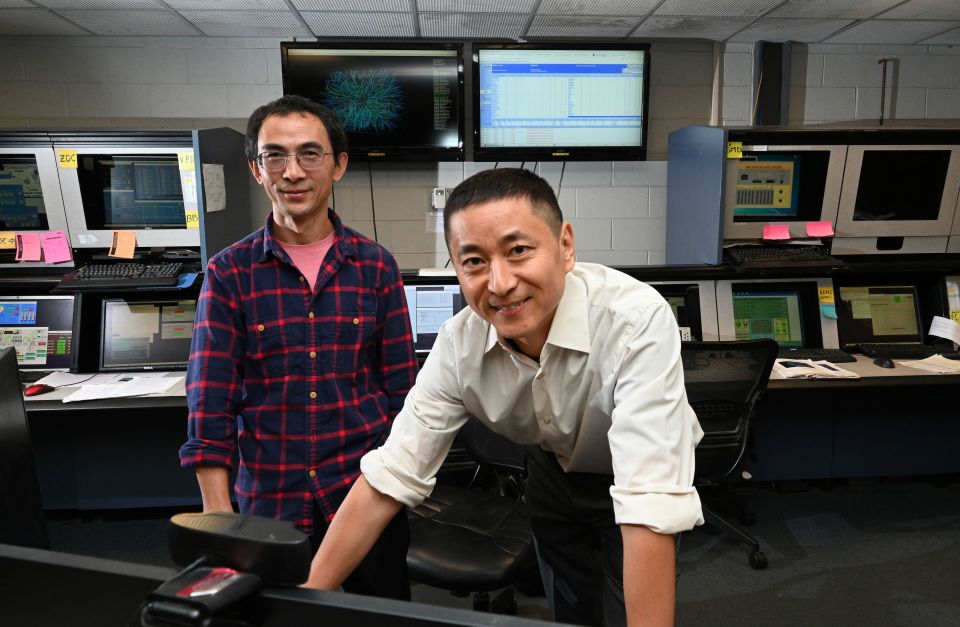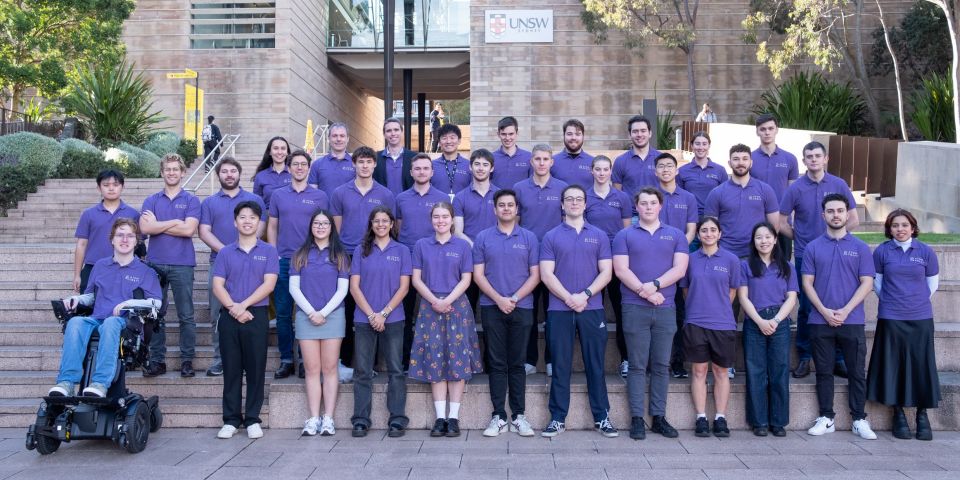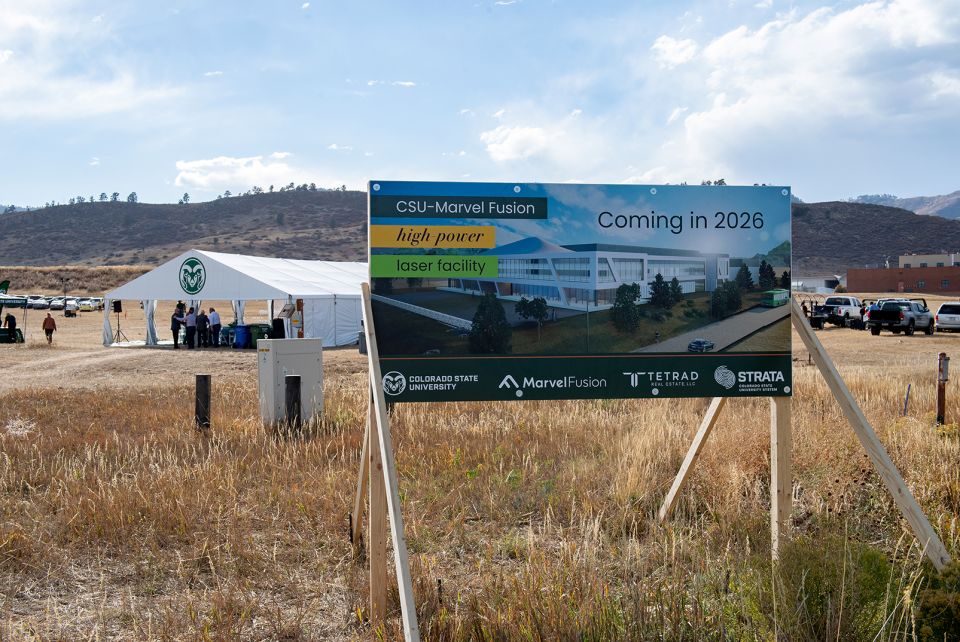Plucking a guitar string: According to lead author John P. Palastro, who is the leader of the Plasma Theory Group at the University of Rochester Laboratory for Laser Energetics, “This new class of plasma oscillations can exhibit extraordinary features that open the door to innovative advancements in particle acceleration and fusion.” The investigators’ key discovery has to do with unlinking the specific properties of plasma oscillations (the wavelike movements of electrons and ions) from the overall properties of the plasma as a whole.
Palastro offered a musical analogy to explain his team’s discovery: “Imagine a quick pluck of a guitar string where the impulse propagates along the string at a speed determined by the string’s tension and diameter. We’ve found a way to ‘pluck’ a plasma, so that the waves move independently of the analogous tension and diameter.”
Theoretical framework: The researchers made their discovery by developing a “theoretical framework” in which they manipulated plasma variables and observed the results. They were able to show that the amplitude of plasma oscillations could theoretically travel faster than the speed of light in a vacuum, or the oscillations could even come to a complete stop, while the plasma as a whole traveled in a different direction than the oscillations.
The researchers described the following example of the independence of plasma oscillations from plasma properties:
[A]n appropriately structured electrostatic wave packet can travel at any group velocity, even backward with respect to its phase fronts, while maintaining a localized energy density. These linear, propagation-invariant wave packets can be constructed with or without orbital angular momentum by superposing natural modes of the plasma and can be ponderomotively excited by space-time structured laser pulses like the flying focus.
A ponderomotive force is a force that pushes charges within an inhomogeneous oscillating electromagnetic field in the direction of the weaker field area, rather than oscillating around an initial point as in a homogeneous field. The flying focus is a laser focusing technology that uses a chromatic focusing system combined with chirped laser pulses to allow for spatiotemporal control of laser intensity.
Facilitating plasma confinement: Coauthor Alexey Arefiev, professor of mechanical and aerospace engineering at the University of California, explained how the plasma oscillation discovery may be applicable to fusion technology: “This new type of oscillation may have implications for fusion reactors, where mitigating plasma oscillations can facilitate the confinement needed for high-efficiency power generation.”










